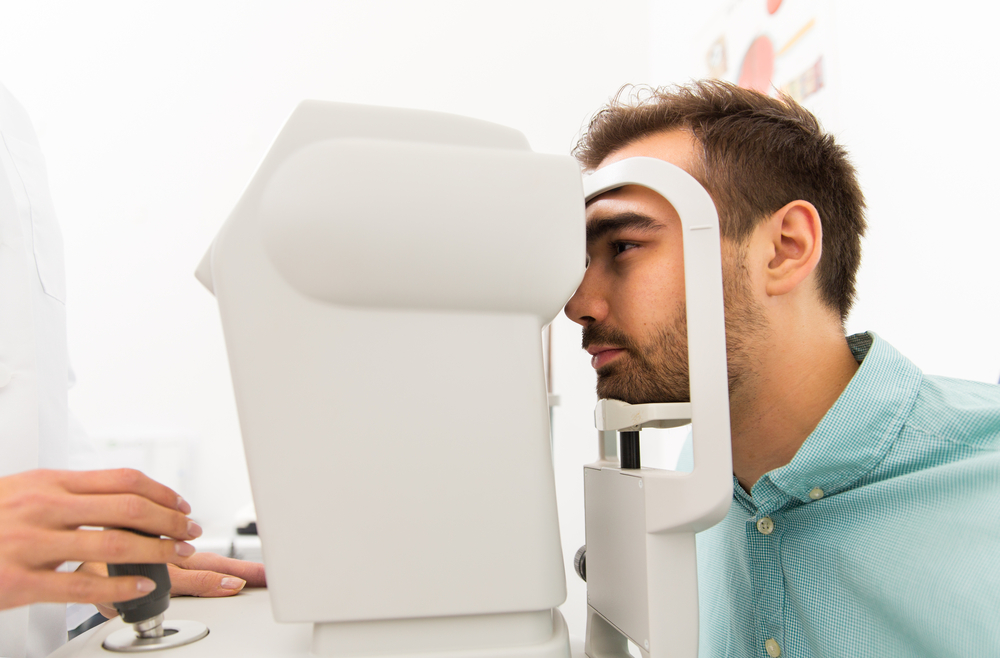A group of eye defects that affects people with diabetes is called diabetic eye disease. They can harm parts of the eye like retina, macula, lens, and the optic nerve. They may lead to severe vision loss and blindness.
Diabetic eye diseases includes:
Diabetic retinopathy – is the leading eye disease in American adults caused by injury to the small blood vessels of the retina. In other situations, retinal blood vessels swell and this causes fluid to leak.
Diabetic macular edema (DME) – caused by dripping blood vessels that lead to liquid accumulation in the macula. It causes blurry central vision.
Cataract – it forms a cloud in the lens that changes the passage of the light towards the eye. It can also cause blurred vision. It has the tendency to develop at an earlier age in diabetic patients.
Glaucoma – caused by growth in liquid pressure inside the eye which leads to optic nerve damage and potential loss of side vision. Risk of glaucoma is doubled in adults who have diabetes.


